With a history that begins in Minas Gerais in the 19th century, Santanense has always sought to innovate and invest in quality and technical preparation, creating a strong, modern, and competitive company. Being a century-old company, it has been present in major cultural changes over the years. From the week of modern art in São Paulo to the hippie movement of the 60s, Santanense has always contributed its fabrics to the directions of fashion.
Learn more about Santanense's history in the links below and get ready for a delicious time travel filled with trends and a lot of innovation.
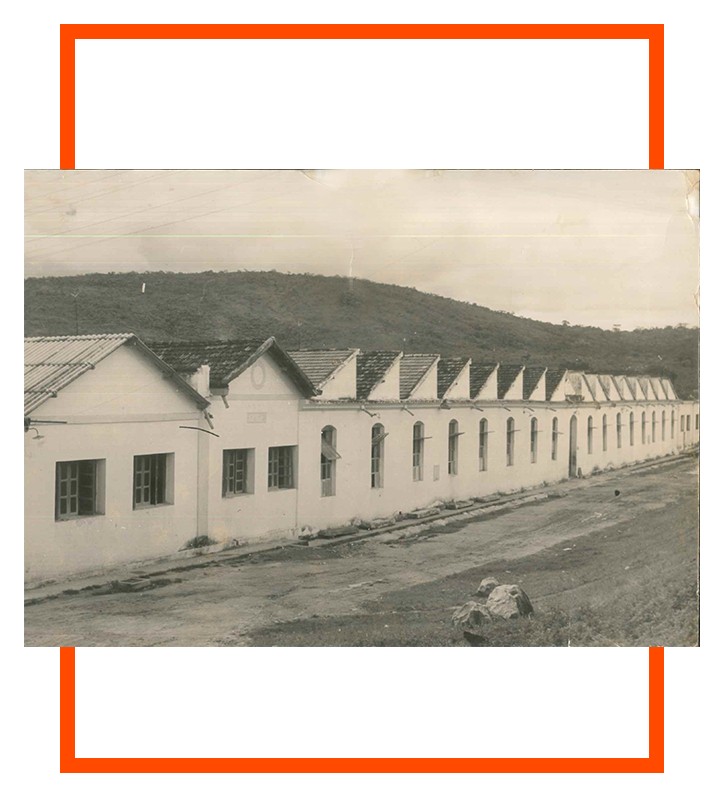
1891
On October 23, 1891, the Cia. Tecidos Santanense was born at Arraial de Sant'ana de São João Acima (today Itaúna / MG), founded by Manuel José de Sousa Moreira.
At this time, the patterns and fabrics of fashion came from France: for men, heavy and sober suits; for women, prom dresses were draped at the hips.
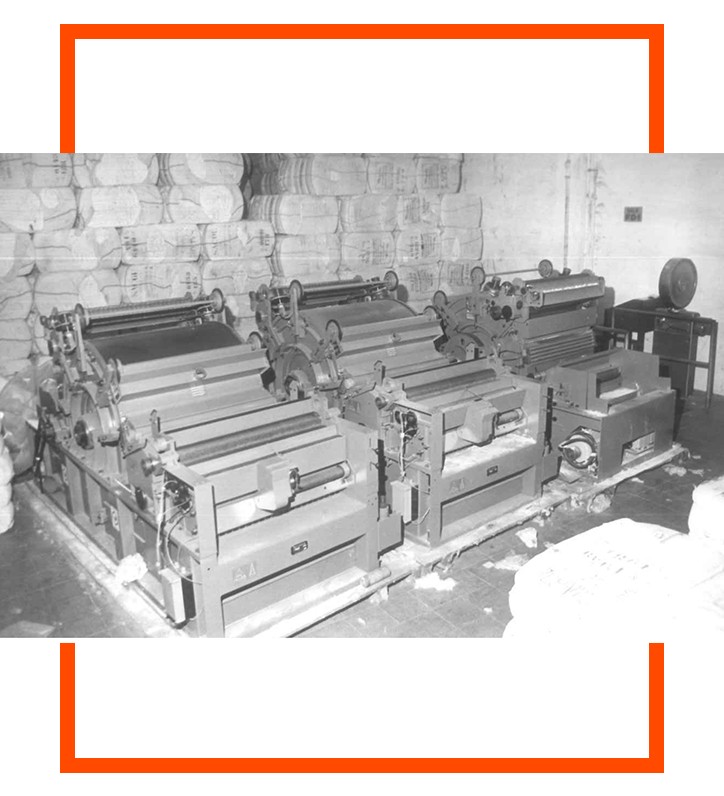
1895
In September 1895, Santanense started its activities with 120 employees and a monthly production of 40,000 meters on 32 looms (although it had already acquired 200 looms).
Independência (Independence) was the name given to the first fabric that came out of Santanense's looms. The production consisted of printed cotton calicos and morins to supply a growing market for new post-slavery wage earners. This is the period of the substitution of slave labor for wage labor, of the development of the market, of the rapid expansion of railways, of development through the culture of coffee, and the emergence of industries.
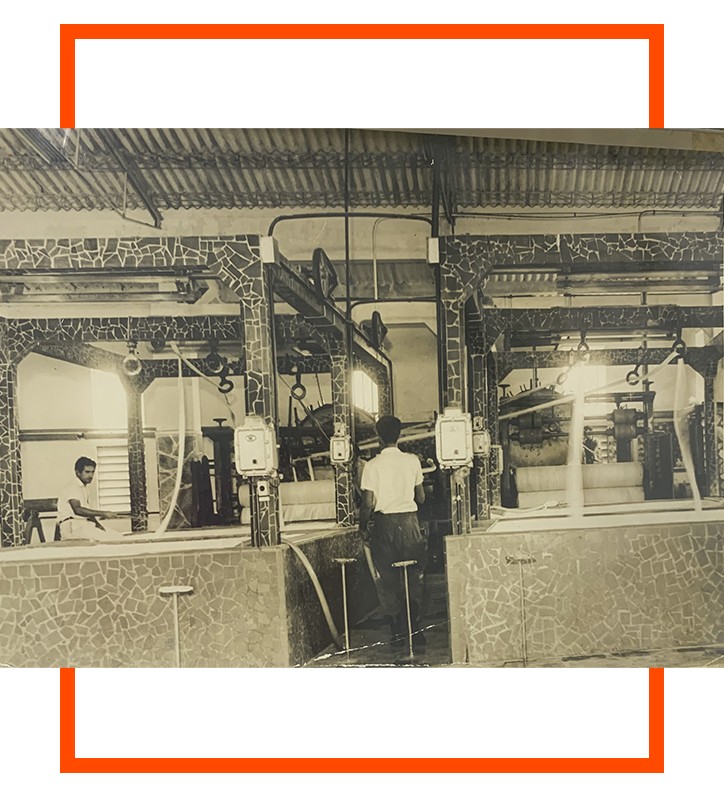
1920 / 1930
In this period, cars, modernism and cubism entered the scene. São Paulo is an artistic party with the Week of Modern Art. The ladies of society raise the dresses up from the ankles, and breathe the liberation of the corset. It was a milestone in the definitive conquest of feminine aesthetics of the 1920s. The textile industry in Minas Gerais and Brazil still did not follow this pace and fashion was all imported from major world centers.
This delay was only corrected in the period from 1930 to 1950 with the outbreak of World War II, and the growing demand for fabrics generated by hardships in imports. That's when Cia. Tecidos Santanense prepares technically and managerially to be able to grow in the market. Fashion magazines became references for dressmakers, who made the glamor of pret-à-porter a reality. Dressmakers of the time went to Paris to seek inspiration for their creations.
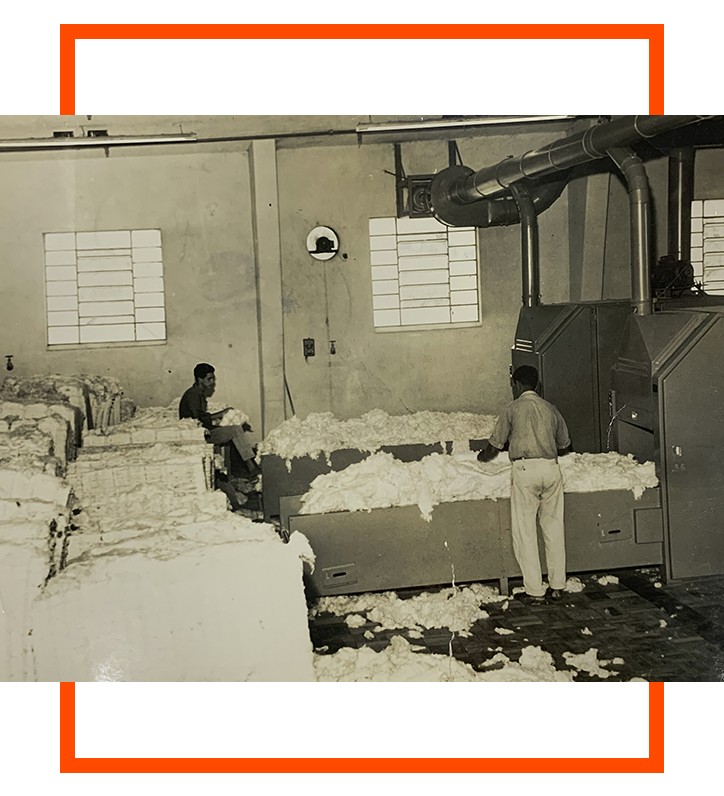
1950
From 1950 onwards, the company invested heavily in modern facilities and acquisitions of other plants. It also solved serious energy problems with the construction of dams and hydroelectric plants for their own consumption. It was in this post-war Brazil, where the global process of industrial reconstruction reached all fields and segments, that Santanense invested mainly in the technical training of their people.
Thus, it substantially improved its products and doubled its production. During this period, the textile industry sought to adapt to the practicality of modern life, creating synthetic fabrics, which do not require ironing: nylon for light clothes, helanca for bathing suits, tergal for pleated skirts, and permanent crease pants.
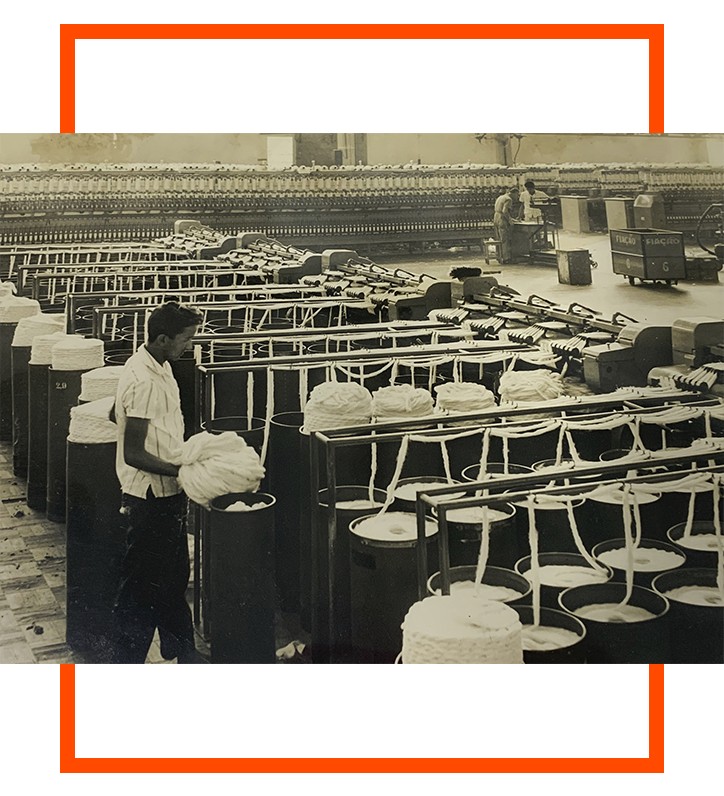
1960 / 1970
In the early 1960s, FENIT organized the first fashion shows with the presence of French dressmakers. Rhodia launched, in these shows, the Brazilian fashion for export: Brazilian look, Brazilian fashion, Brazilian nature. The clothes went up and down, widened and narrowed, Mary Quant saved fabric with the miniskirt. Wide legs in pantaloons. The navel was left out with the saint-tropez pants.
The rebels consumed everything. All trends were soon outdated. The hippies let their hair grow out.
Everyone wore jeans walking into the wind.
In 1967, Santanense became a listed company and continued its expansion, acquiring, in 1976, the textile project of the Santa Helena S / A spinning mill in Montes Claros, in a SUDENE area. In the Planalto salons, ten out of ten women wore tailleurs. On Leblon's sidewalks, plump buttocks post-molded in synthetic fibers paraded. The rock spots asked for jeans, T-shirts and, who knows, a leather jacket.
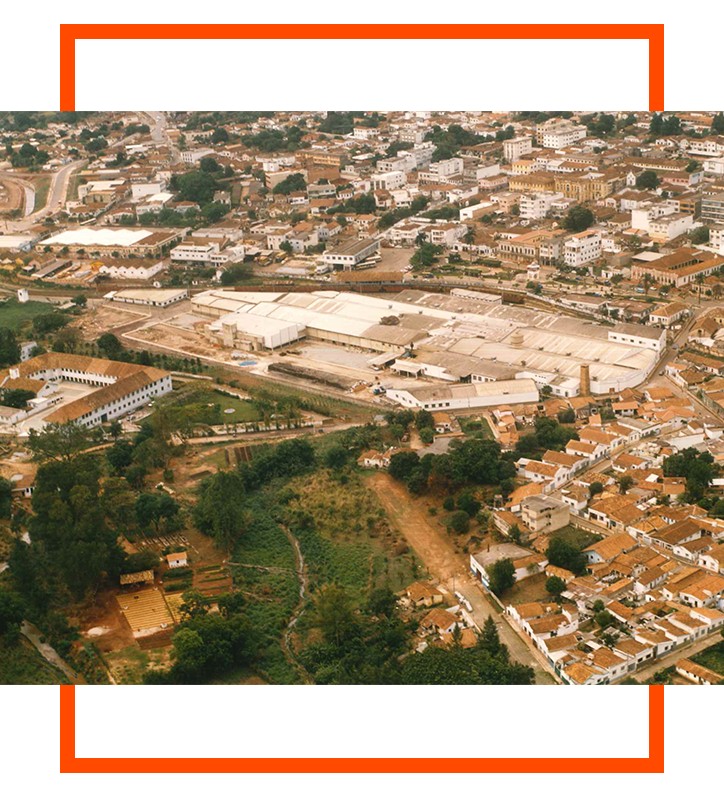
1990
In the 90s, creativity exploded, looking for new materials and new ways to present itself. The super competitive and global market, where competition exploded national barriers, show us that competence, quality, flexibility, and agility are essential to remain in the market.
In this global world, the Brazilian textile sector has undergone a deep restructuring and strong competition with contraband products and imports from Southeast Asia. At this moment, Santanense diversifies its product line and launches articles for a new segment within the company: professional uniformization.
Santanense invested US $ 70 million in equipment and technology and changed its product line, adding value and quality. Aware of its social responsibility, the company invests in the environment and in cultural projects. On December 13, 1996, Santanense achieved an ISO 9002/94 Certification.
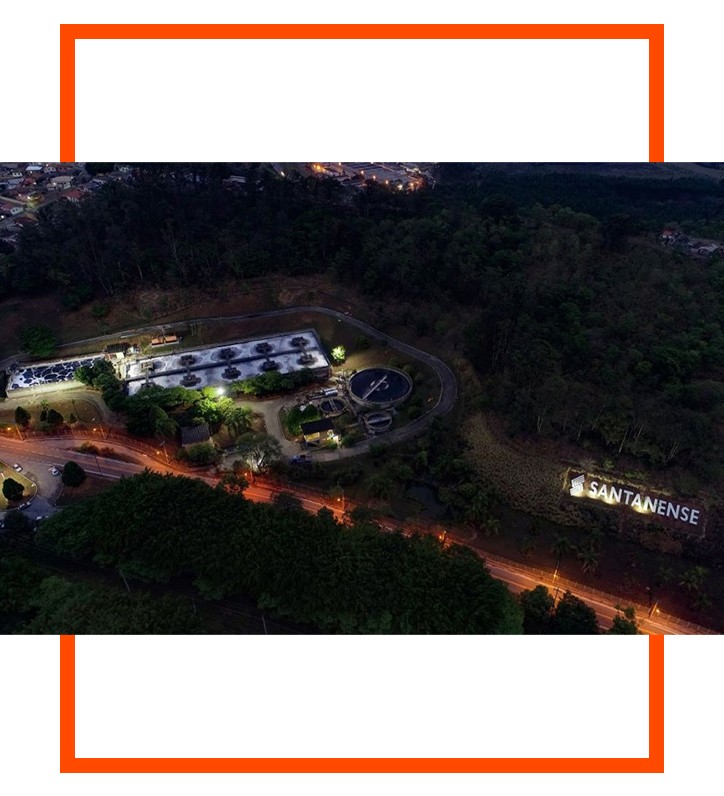
2000 / 2003
The consumer feels the need for differentiation and everyone is looking for customization. The search for sustainable development becomes key.
On its 110th anniversary, Santanense celebrates their ISO 14001 certification - the standard that recognizes companies that respect and care for the environment.
Santanense is the first textile industry in Minas Gerais to achieve this certification. This is an achievement for the company and its employees, and a gift to the community. It is not just today that Santanense is concerned with the environment. For years, the company has maintained reforestation areas and water purification stations. For certification, it was necessary to systematize and adapt these and other actions in an environmental management system.
The awareness, commitment, and involvement of new employees were essential for the certification. Each employee really made a difference in achieving ISO 14001.
Committed to improving the quality and progress of the company, Santanense has also invested in its industrial park. R$ 24 million were invested in equipment, modernization, and in the management system, taking production to new levels. In addition, it also invested in the improvement of their team: in 2000, there were 232 thousand men / hour of training.

2004
Santanense becomes part of Coteminas, one of the largest textile groups in the world. The company becomes much more competitive, combining excellence in design, superior service, technological vanguard, and global reach. The Coteminas group has 15 plants in Brazil, 5 in the United States, 1 in Argentina, and 1 in Mexico, involving more than 15,000 employees who are enthusiastically dedicated to building progress and satisfying thousands of customers around the world.
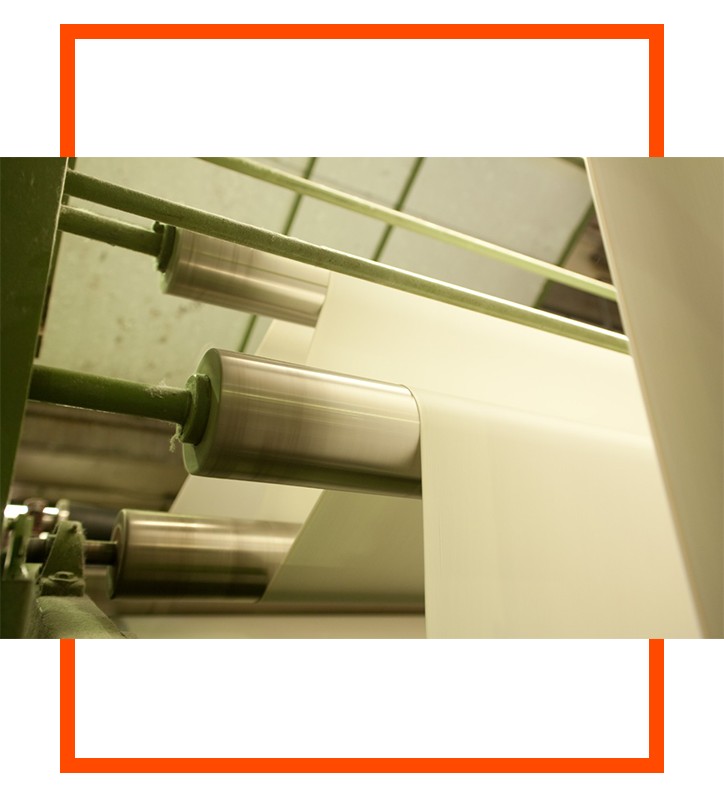
2010
Santanense was prepared to offer its customers, no matter where they are, products that are more and more appropriate to their expectations. The strategy involves adjusting the focus on the market. The objective is to generate innovative and quality products, serve customers with excellence, and obtain results that satisfy both shareholders and the community.
Santanense wants to be present in the lives of its customers and partners. After all, this is a company up to date with the world. A company that wears its time.
This year, the company solidifies itself as the largest producer of fabrics for uniforms making in Latin America.
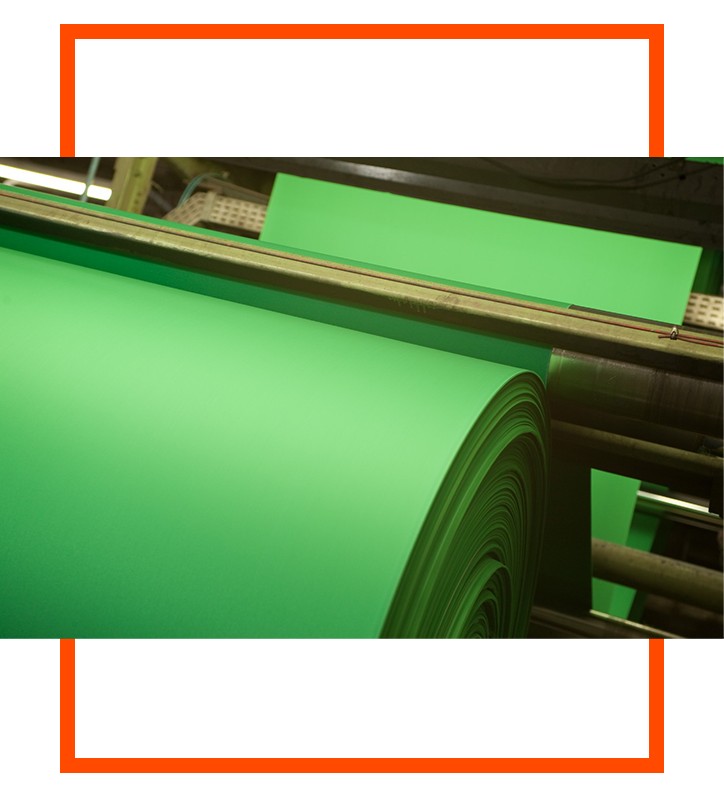
2015
The quality of life at work, sustainability actions, customer satisfaction and quality assurance of products and services are constant concerns at Santanense. This constant search for adequacy and improvement to deliver products that comply with socio-environmental sustainability, resulted in ISO 9001, ISO 14001, STANDARD 100 by OEKOTEX® certifications and the use of BCI sustainable cotton.
In 2015, the SPFW celebrated 20 years of life.
In the area of professional uniforms, the search is for more safety and Santanense is increasingly strong in the area of flame retardant and high visibility fabrics.
Both in fashion and in uniforms, Santanense excels in innovation to generate value for their customers.
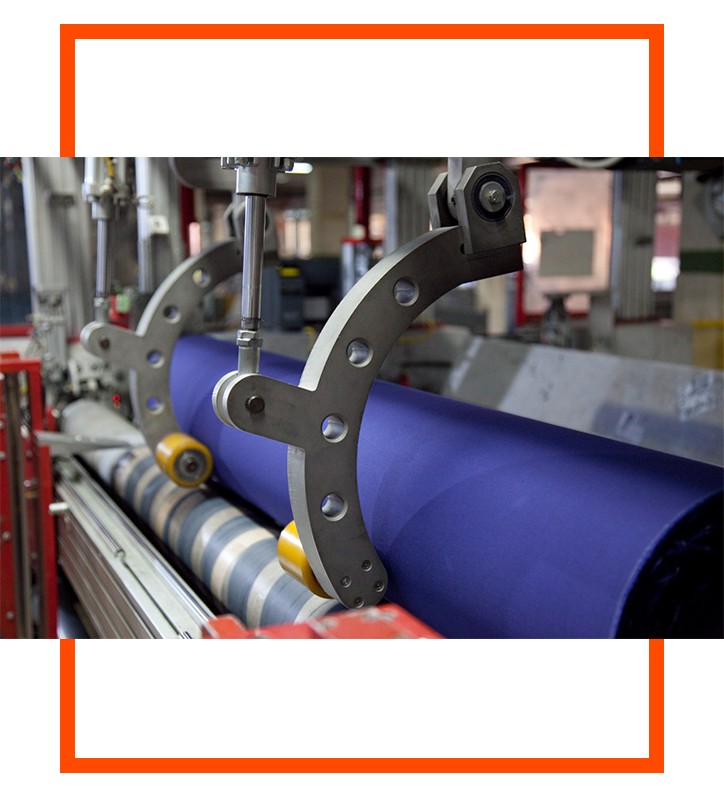
2020 – aos dias atuais
The year starts full of uncertainties due to the Coronavirus. The entire world was affected by the pandemic.
Not only in the textile area, but in all segments, new reflections, new consumption habits, new values and new ways of working become part of your daily life. The appreciation of lifestyle and well-being are some of the new looks towards the future.
Santanense, with agility and innovation, contributed in a decisive way to supply the health / hospital market, through its Workwear business area. The communities where we are installed, partner institutes, and hospitals are supported with donations of fabrics made by the company.
A busca pela bem-estar é o maior desejo de todos.

